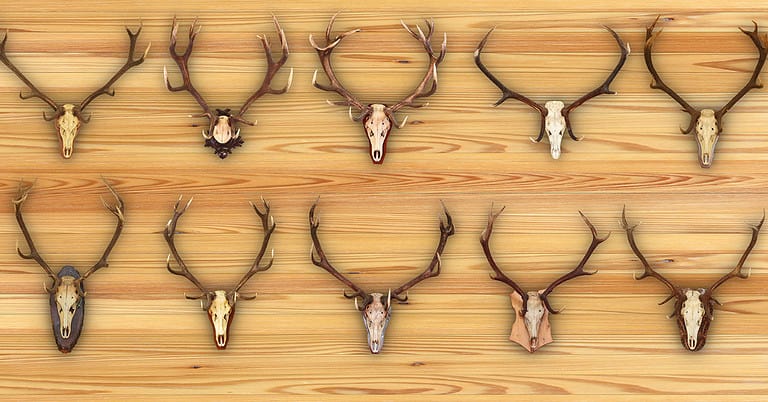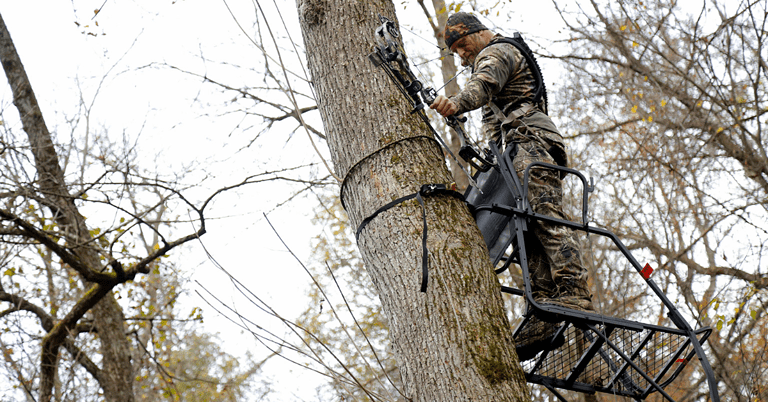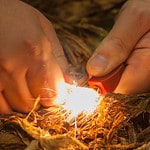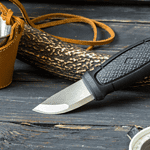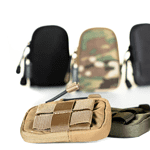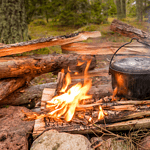Hunting knives are necessary for any hunter, but choosing the perfect one for your needs can be complicated with so many different types and features available.
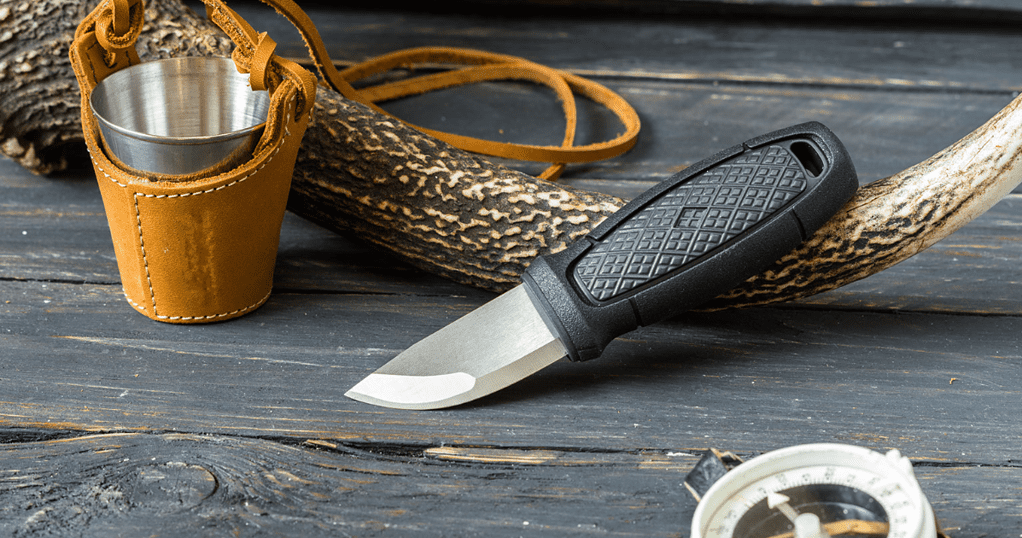
In this blog post, we'll guide you through choosing the best hunting knife based on the hunting you'll be doing, the size and shape of the blade you need, and the materials it's made from.
By the end of this post, you'll know exactly what to look for in a hunting knife to make the best choice for your next hunting trip.
Consider the Types of Hunting Knives
Hunting knives are essential tools for those who enjoy hunting.
Various hunting knives are available on the market, each designed for a particular purpose.
When selecting a hunting knife, it is essential to consider its size, shape, and material.
A quality hunting knife can make your experience safer, more enjoyable, and more efficient - not to mention enjoyable!
Fixed Blade Knife
It is the best choice for a hunting knife because it is strong, durable, and easy to control.
It can be used for various tasks, including skinning and gutting game, chopping wood, and preparing food.
A fixed-blade knife will last longer than a folding knife and is less likely to break when performing heavy-duty tasks.
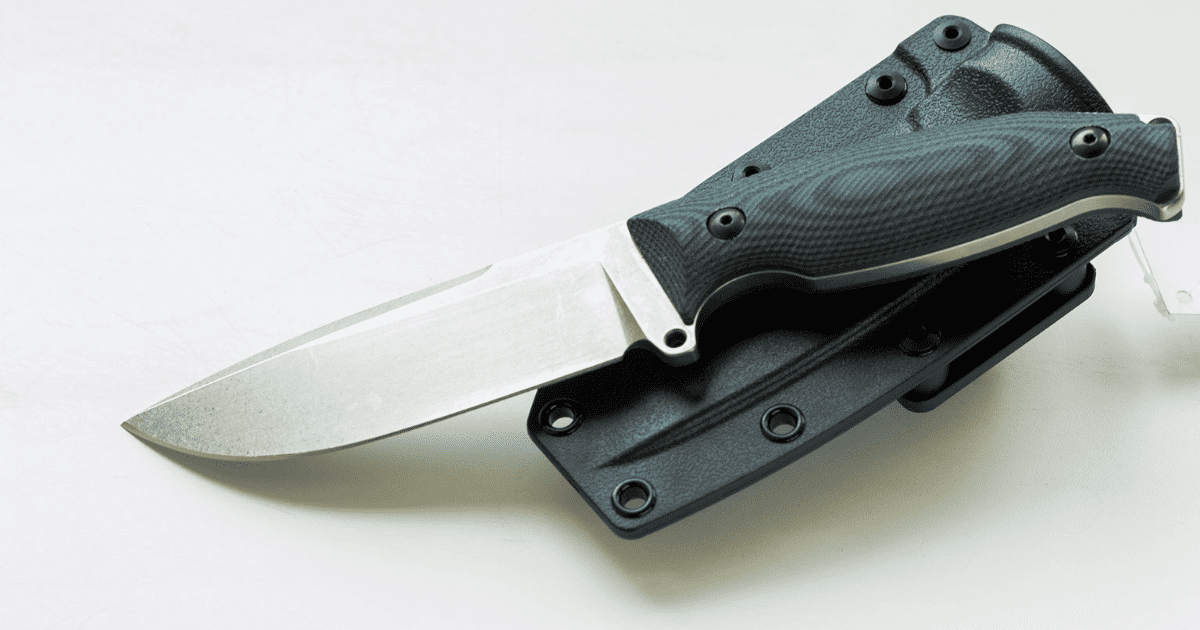
Folding Knife
A folding knife is a good choice for a hunting knife if you want something compact and easy to carry.
A folding knife can be easily stored in your pocket or pack and is less likely to get lost than a fixed-blade knife.
However, a folding knife is not as strong as a fixed-blade knife, and it can be more challenging to control when performing precision tasks such as the skinning game.
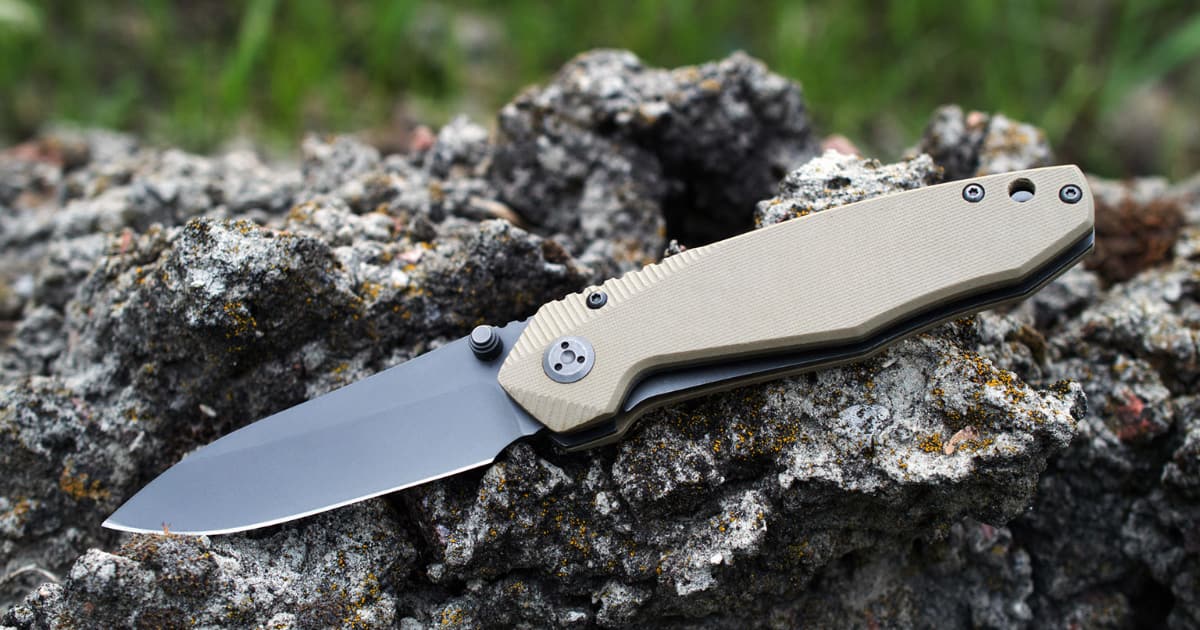
Multi-tool Knife
A multi-tool is an ideal choice for a hunting knife if you want a versatile tool that can perform multiple functions.
A multi-tool typically includes a knife blade, saw blade, file, pliers, screwdriver, and bottle opener in one compact tool.
This makes it perfect for hunters who need to be able to perform multiple tasks while out in the field.
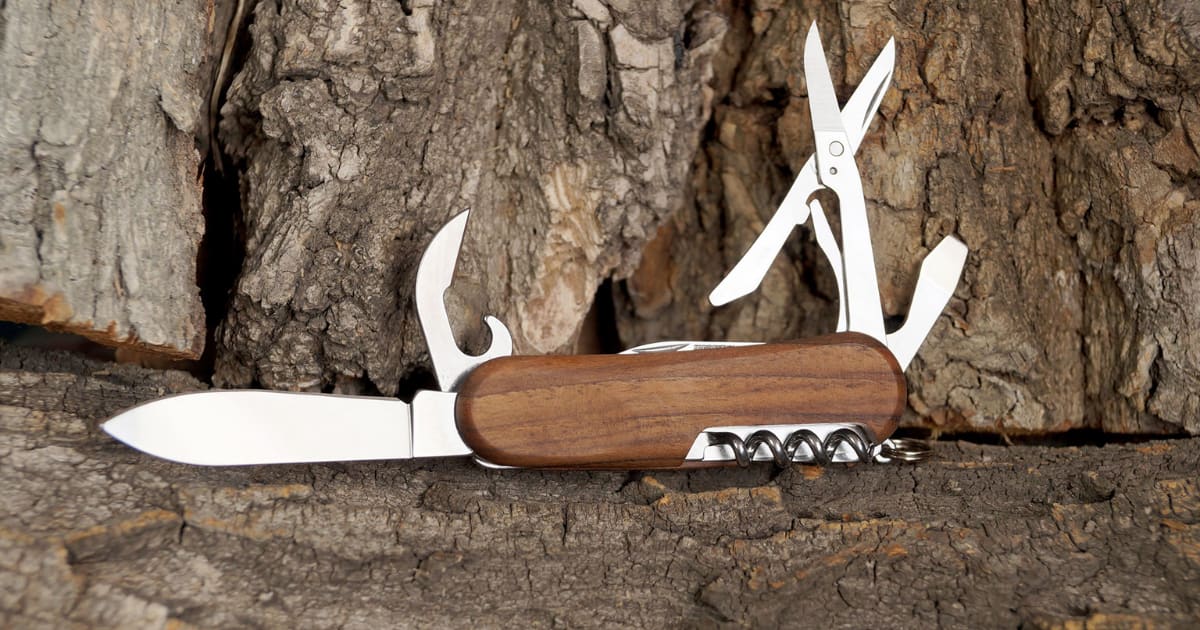
Identify Your Needs and Choose the Best Size and Shape
Survival knives come in various sizes and shapes; selecting the right one can make all the difference during a survival situation.
A larger knife with a thick, durable blade may be ideal for heavy-duty tasks like chopping, batoning, or splitting wood.
A medium-sized knife with a sharp point and partially serrated edge are versatile and ideal for tasks such as a skinning game, cutting rope, and carving.
On the other hand, smaller knives with curved blades are great for precision work like skinning or gutting fish.
The shape of a knife's blade plays an integral role in its performance.
For example, a straight edge works best for chopping, while one with curves works better when slicing.
Ultimately, the size and shape of a survival knife depend on personal preference, intended purpose, and skill level.
Blade Length
It depends on what you plan to use your knife for. If you need a versatile knife that can be used for different tasks, then a longer blade is ideal.
However, a shorter blade will suffice if you only need a knife for skinning and cleaning game.
Blade Shape
The shape of the blade also matters.
For example, a drop-point edge is suitable for general purposes, while a clip-point blade is better for precision work.
If you use your knife mainly for hunting, choose a blade shape that suits your needs.
Decide on the Right Materials
The type of steel used in a knife blade is essential because it will affect its durability, edge retention, and ease of sharpening.
Some common types of steel used in hunting knives are carbon steel, stainless steel, and tool steel:
- Carbon steel is famous for hunting knives because it is durable and can hold an edge well. However, it is also more susceptible to rusting than other types of steel so it may require more maintenance.
- Stainless steel is another popular option for hunting knives because it is resistant to rusting and corrosion. However, it is less durable than carbon steel and may require more frequent sharpening.
- Tool steel is a less common option for hunting knives, but it offers the best combination of durability, edge retention, and ease of sharpening. It is also less susceptible to rusting than carbon steel.
Handle Material
The handle's material also affects the knife's performance, comfort, and safety.
Some common handle materials are wood, plastic, metal, or rubber:
- Wood handles are classic but can be slippery when wet and are less durable than other materials.
- Plastic handles are inexpensive and lightweight but can crack or break under heavy use.
- Metal handles are solid and durable but can be cold in colder weather conditions.
- Rubber handles provide a good grip even when wet but can become brittle in frigid temperatures.
Consider Comfort and Safety Features
When choosing a hunting knife, it is essential to consider the ergonomics of the blade.
You want a knife that will feel comfortable in your hand and not cause fatigue during extended use.
In addition, the handle should be sized to fit your hand, and the grip should be textured to provide a secure hold.
Safety Features
Another important consideration when choosing a hunting knife is safety.
Look for a knife with a guard or finger stop to prevent your hand from slipping onto the blade.
A blade with a blunt tip is also safer as it is less likely to puncture the skin or slice through muscle tissue.
Conclusion
In conclusion, selecting the ideal hunting knife is critical for any hunter. However, with so many options on the market, it can be overwhelming to pick an ideal one.
But hunters can identify the most suitable option by considering factors like blade size, material, handle material, and overall weight.
Furthermore, hunters should consider what type of hunting they will do since different situations may require specific features.
A quality hunting knife will significantly impact accuracy during kills and enhance the overall experience - so taking time to research and invest in reliable yet efficient blades ensures successful and memorable hunts!

